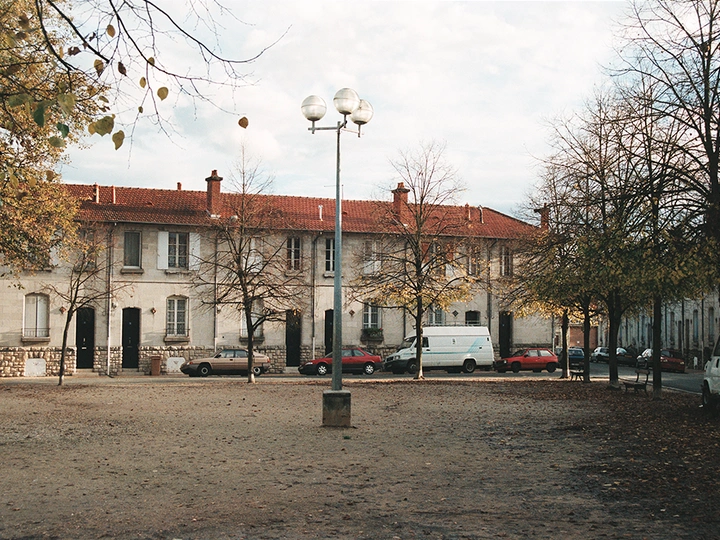The time of public space

I am Juan López Cano, an art historian, architect, and researcher, and I explore the intersections between design, urbanism, and social dynamics. Since 2010, I am a member of the architectural collective Orizzontale (orizzontale.org), where I contribute to projects that challenge traditional understandings of urban space, often focusing on the spontaneous, informal aspects of city life.
I hold a PhD in architecture, which has allowed me to deepen my engagement with both the theoretical and practical aspects of design. Since 2023 I am a regular collaborator of the Waterloo University by teaching a Desing Studio course in its Rome program.
Over the years, I have collaborated with One-Works in Milan, working on large-scale urban projects that consider both form and function in the context of modern cities. I have also applied my skills in humanitarian settings, working with Médecins Sans Frontières, where I focused on improving living conditions in challenging environments through design.
Alongside my professional work, I am deeply committed to academic and editorial endeavors. I regularly contribute to vuoto.xyz, a platform where I engage with contemporary discourse in art and architecture, examining how spaces shape and are shaped by cultural and societal forces.
In 2020, I published my first monograph, Urbanità Spontanee, with LIBRIA, which explores informal urbanism and the spontaneous growth of cities. This book delves into the organic, often unnoticed, processes that define the urban landscape, offering insights into the ways cities evolve beyond formal planning.
Through my work, I aim to bridge theory and practice, contributing to a deeper understanding of the spaces we inhabit and how they reflect and influence the lives of those who live within them. I continue to evolve my practice as both a designer and a scholar, seeking new ways to connect architecture with the broader cultural and social context in which it exists.
The life of buildings can be interpreted in countless ways: from their conception to their design, from the construction site to the inauguration celebrations, from their use to their decay, to their disuse, to their possible demolition. In his text on demolition, Cedric Price offers a keen analysis of what would happen if buildings gave way to new imaginaries, different lives, other buildings, unexpected uses, but as well, emptiness.
At the same time, in one of his key books, Kevin Lynch presents a series of images of urban futures in which the rhythms of the city coincide with the biological rhythms of the citizens who populate it.
Emulating both authors and, as in a coordinated dance, the proposal “The time of public space” aims to interpret the city, but above all the square and the street, as the driving force behind shared relationships. Spaces that create consent and dissent, spaces that bring people together, spaces that welcome acts of violence, but also of love and reciprocity. Through this reading of the times of public space, a series of projects will be examined that prefigure images of a present, sometimes in crisis—of residues, spaces, materiality, or a sense of community—sometimes foreshadowing a series of futures in which ecologies, interspeciesism, a sense of care and belonging, playfulness, and vitality take precedence over capitalist and security-based logic and experiment with ‘other’ forms of temporality.